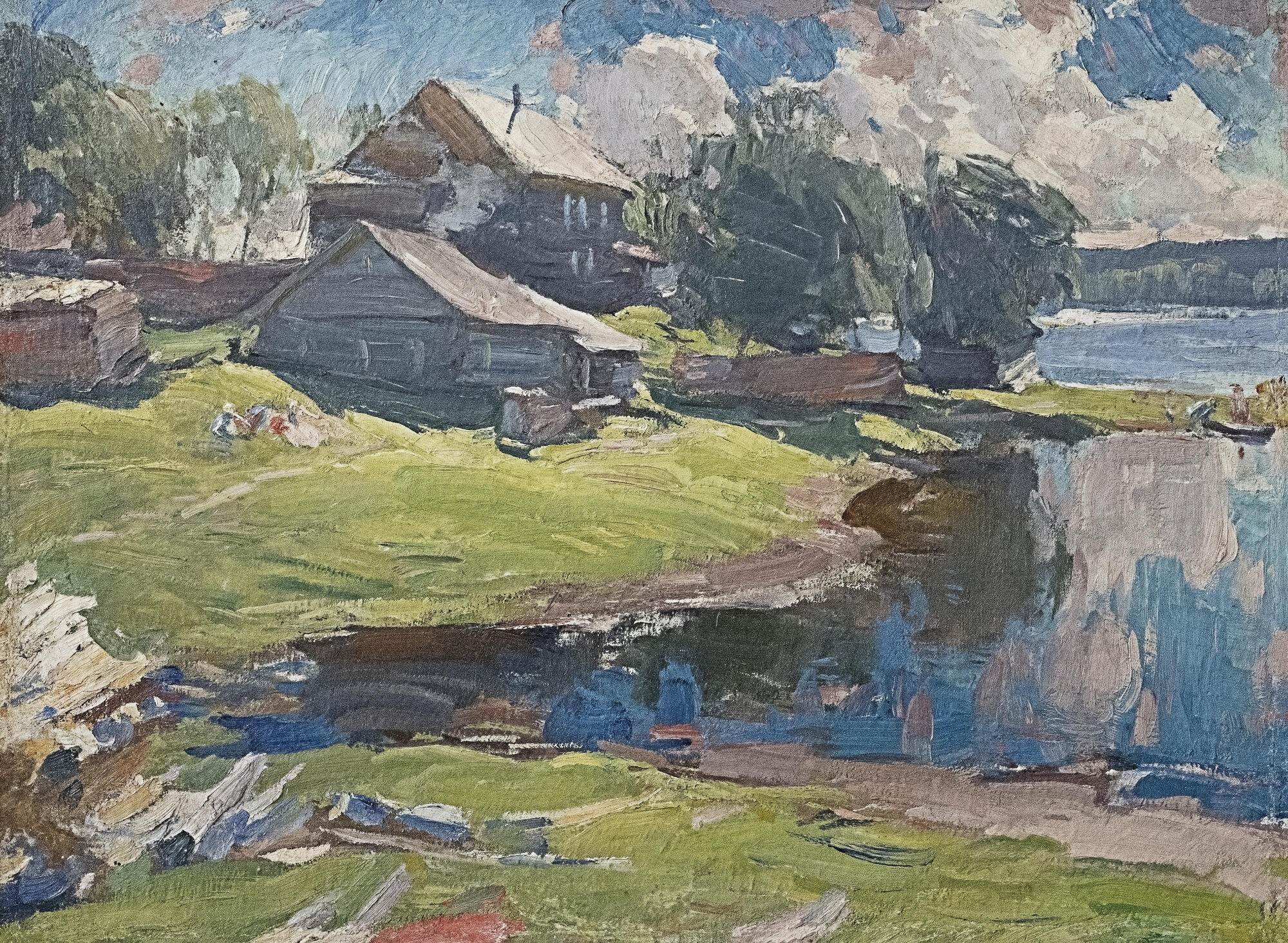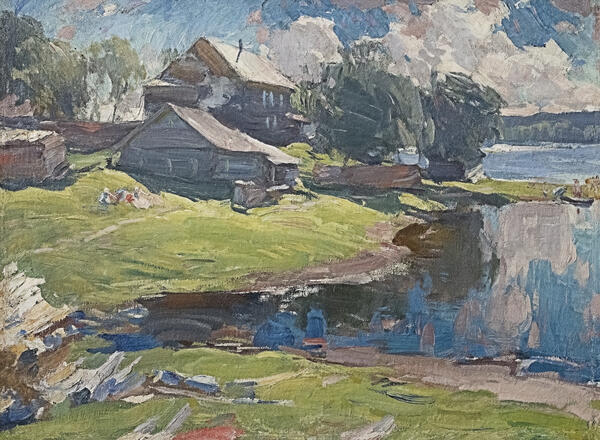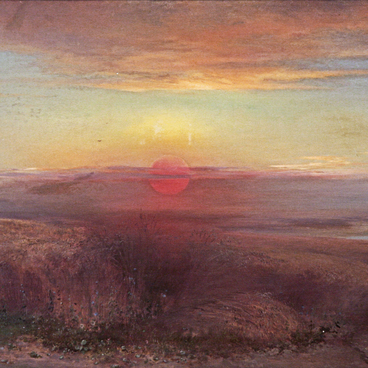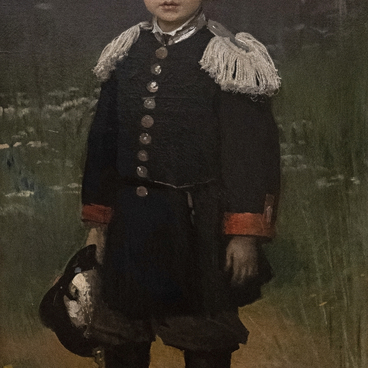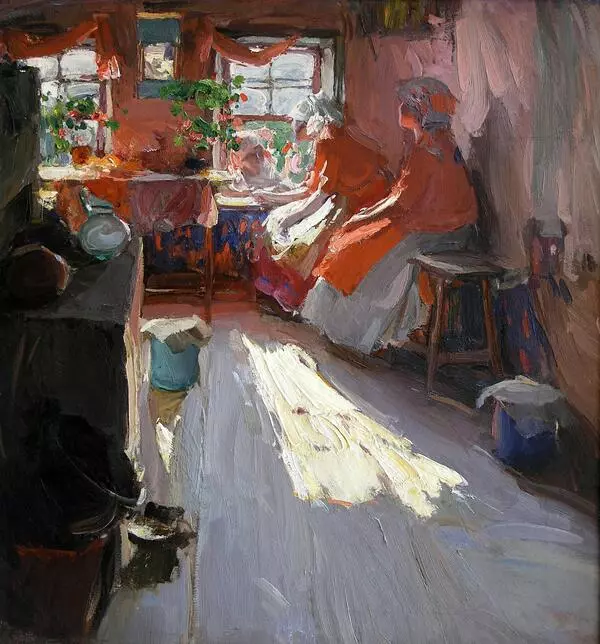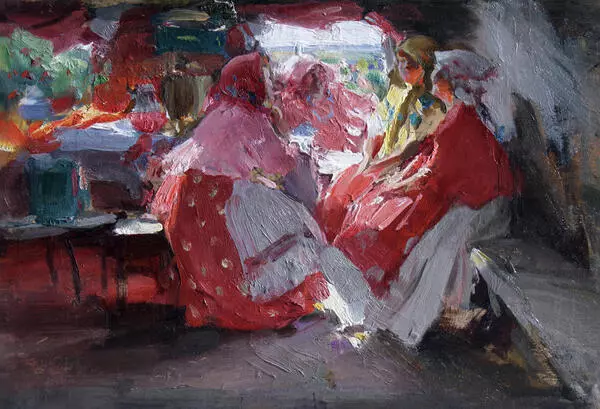Abram Arkhipov (born Pyrikov) is a Russian artist of the late 19th — early 20th centuries, well-known for painting narrative and urban life scenes, who belonged to the Wanderers — a group of Russian realist painters.
Arkhipov was born in 1862 into a family of serf peasants who had been set free. His first art experience was icon painting. ‘The Village Painter’, painted in 1889, is dedicated to this period of his life.
From 1877 to 1888, Arkhipov studied at the Moscow School of Painting, Sculpture and Architecture, tutored by such celebrated painters as Vasily Perov and Vasily Polenov. Two years later, he entered the Association of Traveling Exhibitions, and four years later, he was offered a teaching job at the School of Painting.
Arkhipov knew the peasant life really well. In his paintings, he sought to convey the beauty of nature, the originality of folk life, the traditions and rituals of his native Ryazan governorate.
In the 1880s–1890s, he created his most famous works: the paintings ‘Radunitsa’, ‘On the Oka’ and ‘Reverse’, dedicated to folk characters. Pavel Tretyakov acquired many of them for his personal collection.
In the early 1900s, Arkhipov became interested in the northern nature. In 1902, he traveled to the White Sea, to Arkhangelsk.
Arkhipov was born in 1862 into a family of serf peasants who had been set free. His first art experience was icon painting. ‘The Village Painter’, painted in 1889, is dedicated to this period of his life.
From 1877 to 1888, Arkhipov studied at the Moscow School of Painting, Sculpture and Architecture, tutored by such celebrated painters as Vasily Perov and Vasily Polenov. Two years later, he entered the Association of Traveling Exhibitions, and four years later, he was offered a teaching job at the School of Painting.
Arkhipov knew the peasant life really well. In his paintings, he sought to convey the beauty of nature, the originality of folk life, the traditions and rituals of his native Ryazan governorate.
In the 1880s–1890s, he created his most famous works: the paintings ‘Radunitsa’, ‘On the Oka’ and ‘Reverse’, dedicated to folk characters. Pavel Tretyakov acquired many of them for his personal collection.
In the early 1900s, Arkhipov became interested in the northern nature. In 1902, he traveled to the White Sea, to Arkhangelsk.
